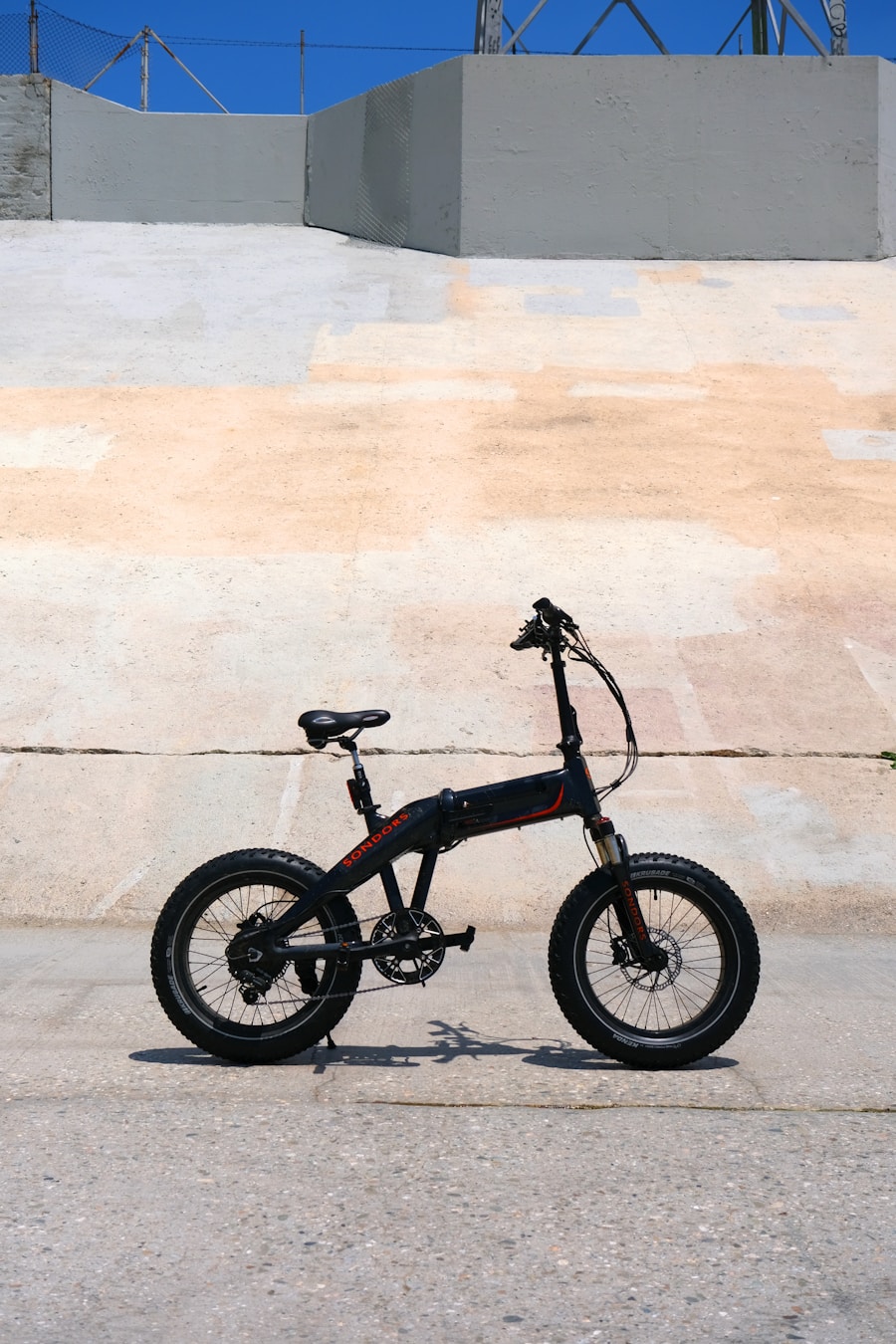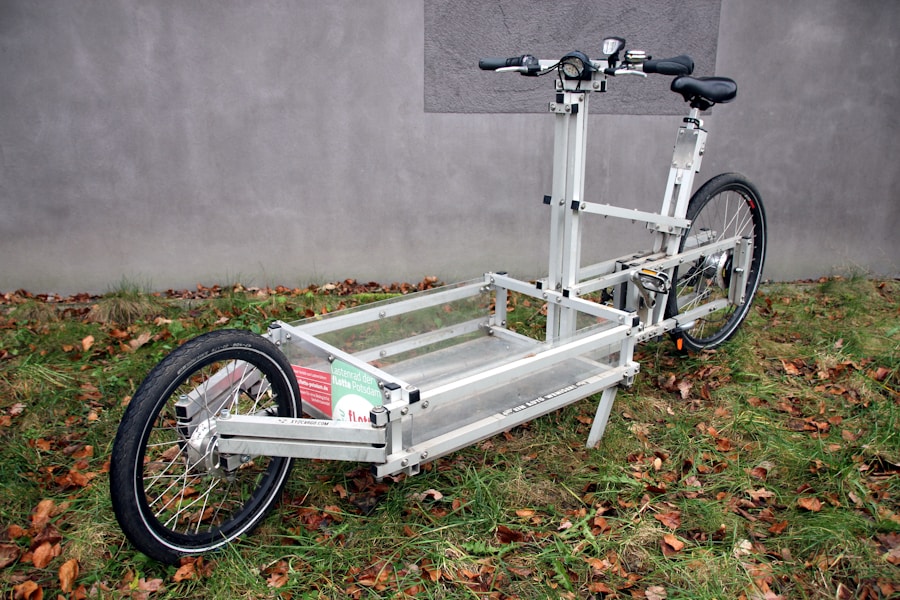Electric Bike Conversion Kit Comparison
Electric bike conversion kits have surged in popularity as more cyclists seek to enhance their riding experience without investing in a brand-new electric bike. These kits provide a cost-effective solution for transforming a traditional bicycle into an electric one, allowing riders to enjoy the benefits of electric assistance while retaining the familiar feel of their existing bike. The appeal of electric bikes lies not only in their ability to make cycling more accessible, especially for those who may struggle with hills or long distances, but also in their potential to reduce reliance on cars, thereby contributing to a more sustainable mode of transportation.
The market for electric bike conversion kits has expanded significantly, offering a variety of options tailored to different types of bicycles and riding styles. From casual commuters to avid mountain bikers, there is a kit designed to meet the needs of virtually every cyclist. This article will delve into the various types of electric bike conversion kits available, compare motor power and battery life, examine the installation process and compatibility, and analyze price points and warranty options.
By understanding these factors, cyclists can make informed decisions about which conversion kit best suits their needs.
Key Takeaways
- Electric bike conversion kits are a popular way to transform a regular bike into an electric one, offering an affordable and eco-friendly alternative to buying a new electric bike.
- There are three main types of electric bike conversion kits: front wheel, rear wheel, and mid-drive, each with its own advantages and considerations.
- When comparing motor power and battery life, it’s important to consider the terrain and distance you’ll be riding, as well as the weight of the rider and cargo.
- The installation process and compatibility of electric bike conversion kits can vary, so it’s important to choose a kit that fits your bike and skill level.
- Price and warranty are important factors to consider when choosing an electric bike conversion kit, as they can vary widely and impact the overall value of the kit.
Types of Electric Bike Conversion Kits
Electric bike conversion kits can be broadly categorized into three main types: hub motor kits, mid-drive motor kits, and friction drive kits. Hub motor kits are among the most popular options due to their simplicity and ease of installation. These kits feature a motor integrated into the wheel hub, either in the front or rear wheel.
This design allows for a straightforward installation process, as it typically involves replacing the existing wheel with a motorized one. Hub motors are known for providing a smooth ride and are particularly effective for flat terrain and urban commuting. Mid-drive motor kits, on the other hand, are mounted at the bike’s bottom bracket and drive the bike’s chain directly.
This configuration allows for better weight distribution and improved climbing ability, making mid-drive systems ideal for hilly terrains and off-road cycling. Additionally, mid-drive motors tend to be more efficient than hub motors, as they utilize the bike’s gears to optimize power output. However, these systems can be more complex to install and may require additional modifications to the bike’s drivetrain.
Friction drive kits represent a less common but innovative approach to electric bike conversion. These kits use a small motor that presses against the bike’s tire to provide propulsion. While they are generally lightweight and easy to install, friction drive systems can be less efficient than hub or mid-drive motors, particularly in wet conditions where tire traction may be compromised.
Each type of conversion kit has its own set of advantages and disadvantages, making it essential for cyclists to consider their specific riding needs when selecting a kit.
Comparison of Motor Power and Battery Life

When evaluating electric bike conversion kits, motor power and battery life are two critical factors that significantly influence performance and usability. Motor power is typically measured in watts (W), with common options ranging from 250W to 1500W or more. A higher wattage generally translates to greater acceleration and the ability to tackle steeper inclines.
For instance, a 250W motor is often sufficient for flat urban commuting, while a 750W or 1000W motor may be necessary for riders who frequently navigate hilly terrain or require faster speeds. Battery life is equally important, as it determines how far a rider can travel on a single charge. Battery capacity is measured in amp-hours (Ah) or watt-hours (Wh), with higher values indicating longer ranges.
For example, a 36V 10Ah battery provides approximately 360Wh of energy, which can yield a range of 20 to 40 miles depending on factors such as rider weight, terrain, and level of pedal assistance used. Riders who plan on taking longer trips or using their electric bike for daily commuting should consider investing in a higher-capacity battery to ensure they have sufficient power for their journeys. Moreover, the efficiency of the motor and battery system plays a crucial role in overall performance.
Some kits feature advanced battery management systems that optimize energy usage and prolong battery life. Riders should also consider the charging time required for different batteries; some may take several hours to fully charge while others offer fast-charging capabilities. Understanding these specifications will help cyclists choose a conversion kit that aligns with their riding habits and expectations.
Comparison of Installation Process and Compatibility
| Installation Process | Compatibility |
|---|---|
| Windows | Compatible with most Windows versions including Windows 7, 8, and 10 |
| Mac | Compatible with macOS versions including Mojave, High Sierra, and Catalina |
| Linux | Compatible with various Linux distributions such as Ubuntu, Fedora, and CentOS |
| Android | Compatible with Android devices running Android 4.4 and above |
| iOS | Compatible with iOS devices running iOS 10 and above |
The installation process for electric bike conversion kits can vary significantly based on the type of kit chosen and the existing bicycle’s specifications. Hub motor kits are generally regarded as the most user-friendly option, often requiring minimal mechanical skills for installation. Most hub motor kits come with detailed instructions and all necessary components, including wiring harnesses and controllers.
Riders can typically complete the installation within a few hours using basic tools like wrenches and screwdrivers. In contrast, mid-drive motor kits tend to be more complex due to their integration with the bike’s drivetrain. Installation may require adjustments to the chainline or even replacing components such as the bottom bracket or crankset.
This complexity can deter novice cyclists from attempting a DIY installation, leading them to seek professional assistance instead. Additionally, compatibility with specific bike models is crucial; not all bicycles are designed to accommodate mid-drive systems, so potential buyers should verify compatibility before purchasing. Friction drive kits offer another level of simplicity in installation but may require careful alignment with the tire for optimal performance.
While they can be installed quickly, achieving the right pressure against the tire is essential for effective propulsion. Compatibility is less of an issue with friction drive systems since they can be used on various bicycle types; however, riders should still ensure that their tires are suitable for this type of setup.
Comparison of Price and Warranty
Price is often a decisive factor when selecting an electric bike conversion kit, as costs can vary widely based on features, motor power, and brand reputation. Entry-level hub motor kits can start as low as $300 to $500, making them an attractive option for budget-conscious cyclists looking to dip their toes into electric biking. Mid-drive kits typically fall within the $600 to $1,500 range due to their advanced technology and performance capabilities.
High-end models may even exceed this price point, especially those equipped with premium components or additional features like regenerative braking. Warranty offerings also play a significant role in the purchasing decision. A robust warranty can provide peace of mind by protecting against defects or failures that may occur during normal use.
Most reputable manufacturers offer warranties ranging from one year to several years on motors and batteries; however, it’s essential for buyers to read the fine print regarding what is covered under warranty terms. Some companies may offer extended warranties for an additional fee or provide options for service plans that cover maintenance over time. When comparing prices and warranties across different brands and models, cyclists should consider not only the initial investment but also potential long-term costs associated with maintenance or replacement parts.
A lower-priced kit might seem appealing at first glance but could lead to higher expenses down the line if it lacks durability or support from the manufacturer.
Conclusion and Recommendations

As electric bike conversion kits continue to gain traction among cycling enthusiasts and casual riders alike, understanding the nuances between different types of kits becomes increasingly important. Each category—hub motors, mid-drive systems, and friction drives—offers unique advantages tailored to specific riding styles and preferences. By carefully considering factors such as motor power, battery life, installation complexity, compatibility with existing bicycles, pricing structures, and warranty options, cyclists can make informed decisions that enhance their riding experience.
For those new to electric biking or looking for an affordable upgrade, starting with a hub motor kit may be advisable due to its ease of installation and versatility across various bicycle types. More experienced riders seeking performance enhancements on challenging terrains might find mid-drive systems more suitable despite their complexity. Ultimately, thorough research combined with personal riding goals will guide cyclists toward selecting the ideal electric bike conversion kit that meets their needs while maximizing enjoyment on two wheels.
FAQs
What is an electric bike conversion kit?
An electric bike conversion kit is a set of components that can be added to a regular bicycle to convert it into an electric bike. These kits typically include a motor, battery, controller, and other necessary parts.
What are the benefits of using an electric bike conversion kit?
Using an electric bike conversion kit allows you to upgrade your existing bicycle to an electric bike, providing assistance with pedaling and making it easier to tackle hills and longer distances. It also allows you to enjoy the benefits of an electric bike without having to purchase a new one.
What are the different types of electric bike conversion kits available?
There are various types of electric bike conversion kits available, including front wheel, rear wheel, and mid-drive kits. Each type has its own advantages and considerations, such as ease of installation, weight distribution, and compatibility with different bicycle types.
What factors should be considered when choosing an electric bike conversion kit?
When choosing an electric bike conversion kit, it’s important to consider factors such as the power and torque of the motor, the capacity and range of the battery, the type of assistance and control offered by the kit, the compatibility with your existing bicycle, and the ease of installation.
Are electric bike conversion kits legal to use?
The legality of electric bike conversion kits varies by location. In many places, electric bikes are subject to specific regulations regarding maximum speed, power output, and where they can be ridden. It’s important to research and comply with local laws and regulations when using an electric bike conversion kit.

